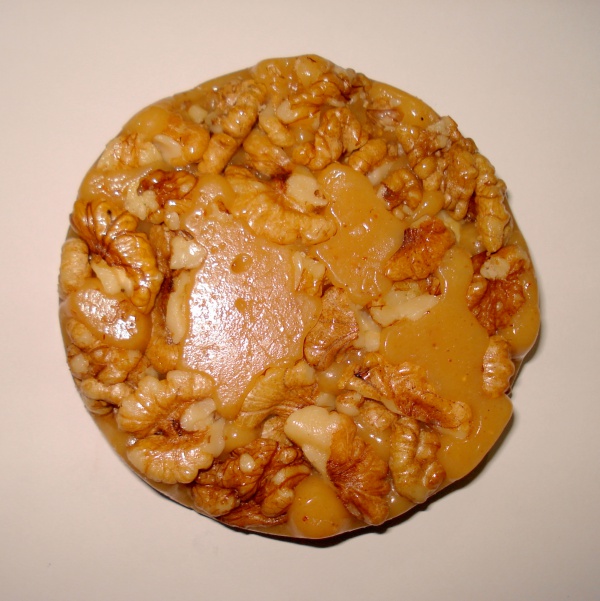Facts About Saraiki cuisine
Saraiki cuisine represents the traditional gastronomy of the Saraiki people, originating from central Pakistan. It is particularly prevalent in southern Punjab, parts of southern Khyber Pakhtunkhwa, northern Sindh, and northeastern Balochistan. This cuisine is a captivating amalgamation of unique local dishes enhanced by influences from neighboring regions. Multan, a vibrant city, is a notable center for Saraiki culinary arts.
Some of the hallmark dishes in Saraiki cuisine include Phikka Khuwa, Maal Pooray, Chilra (resembling Dosa), Satto, Kupri, Bhatt, Dodha, Lassi, Kakko, Dillay Aali Siwiyan, Billay Aali Siwiyan, Sohan Halwa, Multani Chaamp, and Sohbat.
Sohan Halwa is a treasured dessert from southern Punjab, particularly Multan. It is prepared by boiling a mixture of water, sugar, milk, and cornflour until it solidifies, with saffron added for a rich flavor and ghee to prevent sticking. Typically, almonds, pistachios, and cardamom seeds are incorporated to enhance the taste. Cities such as Dera Ghazi Khan, Bahawalpur, Uch Sharif, and Mailsi are renowned for their Sohan Halwa.
Multani Chaamp is a delicious lamb chop dish, marinated with a blend of spices and grilled over charcoal. Sohbat, originating from the Saraiki region in Khyber Pakhtunkhwa and Punjab, is a traditional dish. It consists of a watery gravy infused with tikka masala, served over pieces of hot chapatti. This dish is popular in areas such as Damaan, DI Khan, Tank, Bhakkar, Layyah, Mianwali, Taunsa Sharif, Vehoa, and DG Khan. Although it is not widely known, Painda or Sohbat is a distinctive and cherished dish in Northern Pakistan.

 China
China